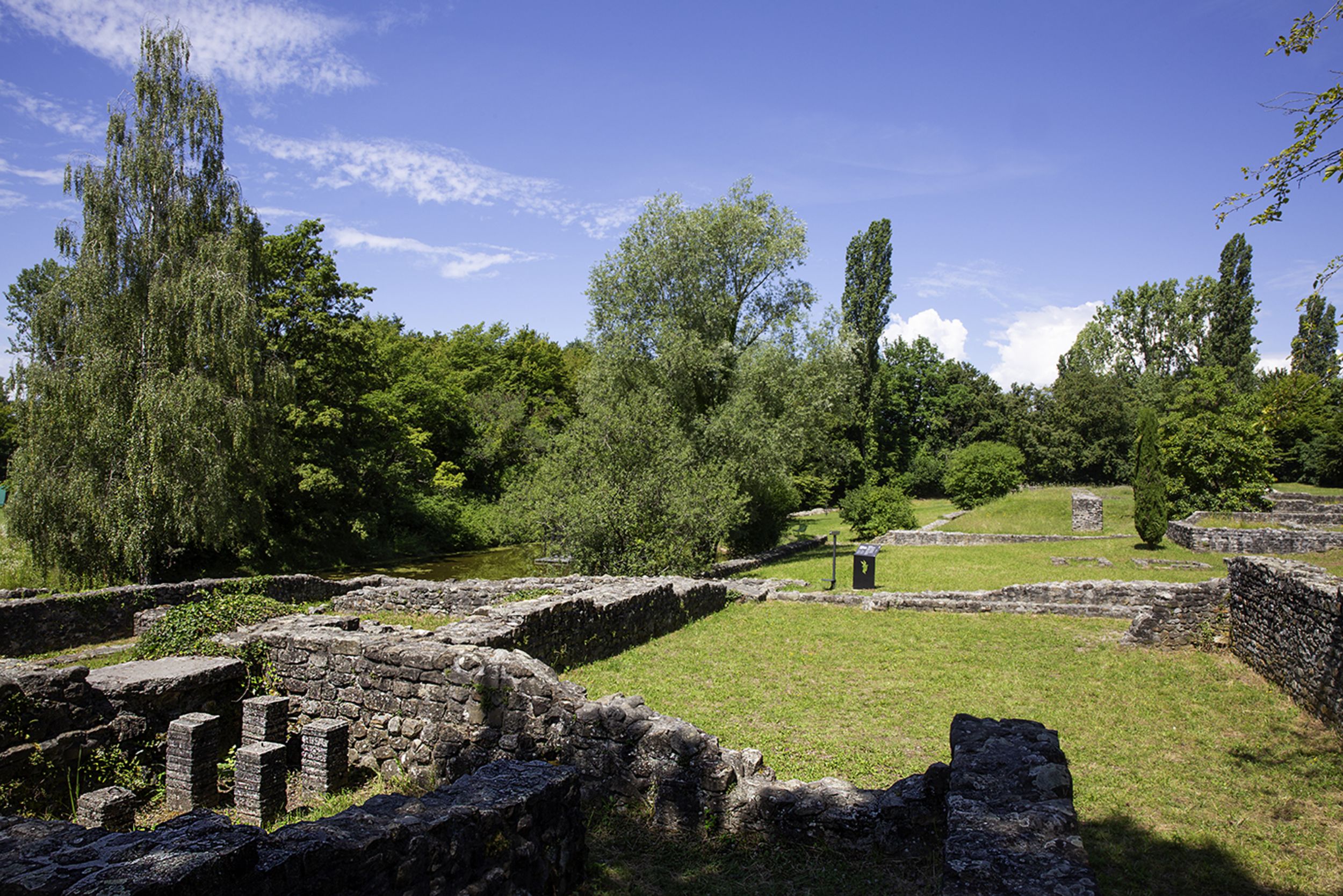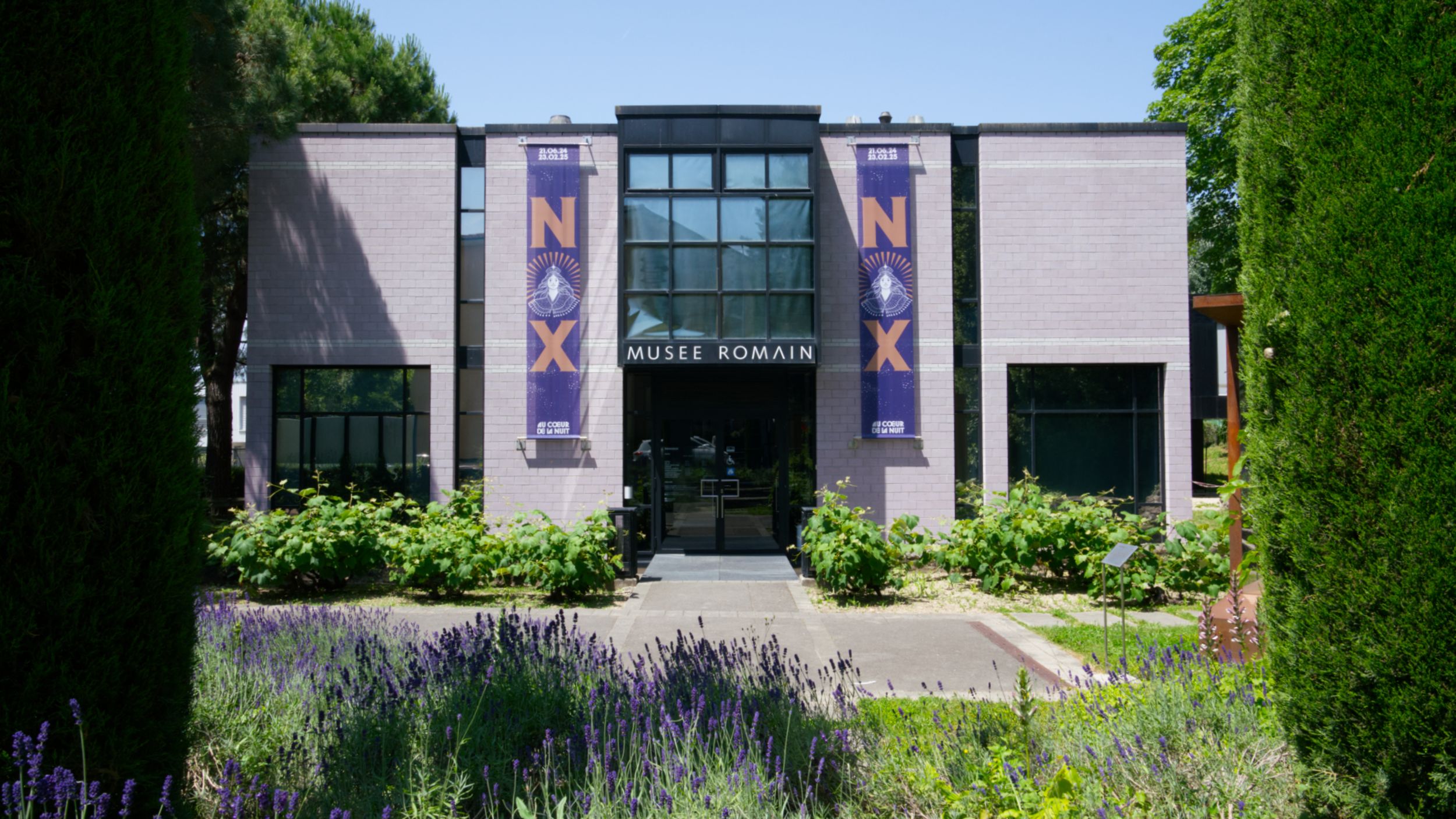Useful information
Address
Schedules
From 01.01.2024 to 30.06.2024
Open
Closed
Monday
Closed
Tuesday
11:00 - 18:00
Wednesday
11:00 - 18:00
Thursday
11:00 - 18:00
Friday
11:00 - 18:00
Saturday
11:00 - 18:00
Sunday
11:00 - 18:00
From 01.07.2024 to 31.08.2024
Open
Closed
Monday
11:00 - 18:00
Tuesday
11:00 - 18:00
Wednesday
11:00 - 18:00
Thursday
11:00 - 18:00
Friday
11:00 - 18:00
Saturday
11:00 - 18:00
Sunday
11:00 - 18:00
From 01.09.2024 to 31.12.2024
Open
Closed
Monday
Closed
Tuesday
11:00 - 18:00
Wednesday
11:00 - 18:00
Thursday
11:00 - 18:00
Friday
11:00 - 18:00
Saturday
11:00 - 18:00
Sunday
11:00 - 18:00
From 01.01.2025 to 30.06.2025
Open
Closed
Monday
Closed
Tuesday
11:00 - 18:00
Wednesday
11:00 - 18:00
Thursday
11:00 - 18:00
Friday
11:00 - 18:00
Saturday
11:00 - 18:00
Sunday
11:00 - 18:00
From 01.07.2025 to 31.08.2025
Open
Closed
Monday
11:00 - 18:00
Tuesday
11:00 - 18:00
Wednesday
11:00 - 18:00
Thursday
11:00 - 18:00
Friday
11:00 - 18:00
Saturday
11:00 - 18:00
Sunday
11:00 - 18:00
From 01.09.2025 to 31.12.2025
Open
Closed
Monday
Closed
Tuesday
11:00 - 18:00
Wednesday
11:00 - 18:00
Thursday
11:00 - 18:00
Friday
11:00 - 18:00
Saturday
11:00 - 18:00
Sunday
11:00 - 18:00
Adults, full price
8 CHF
Adults (3-day pass including the Art Brut Collection and the Historical Museum of Lausanne)
12 CHF
AVS/AI
5 CHF
AVS/AI (3-day pass including the Art Brut Collection and the Historical Museum of Lausanne)
6 CHF
Children (under 16), students, apprentices, unemployed
Free
Groups from 6 persons (price per person)
5 CHF
Free admission on the first Saturday of the month.
Closed on Mondays (except July-August and public holidays), as well as on 24, 25, 31 December and 1 January.
Closed on Mondays (except July-August and public holidays), as well as on 24, 25, 31 December and 1 January.
Access
Bus 24: “Siège du CIO” stop
Bus 25 : “Bois-de-Vaux” stop
More info
The Roman Museum in Lausanne-Vidy shows the vestiges of a wealthy residence containing an atrium, painted rooms and rooms equipped with floor heating.
Countless objects displayed in the permanent exhibition tell the story on the shore of Lacus Lemannus twenty centuries ago. A period of change for its inhabitants, because they had to get used to a new language (Latin), writing, new technologies (stonework, tiles, glass and blown glass), new foods (olive oil, fish from the sea, and dates), all in the common market of the Roman Empire with its currency and its outstanding network of communication. The Museum’s offer is completed with an archaeological park where you can see the vestiges of the forum.
The Museum also organises mediation activities for children all year round, intended to heighten their awareness of those times: they can learn how to bake Gallo-Roman bread, how to prepare a Roman meal or how to build like the architects and engineers of the time.
Countless objects displayed in the permanent exhibition tell the story on the shore of Lacus Lemannus twenty centuries ago. A period of change for its inhabitants, because they had to get used to a new language (Latin), writing, new technologies (stonework, tiles, glass and blown glass), new foods (olive oil, fish from the sea, and dates), all in the common market of the Roman Empire with its currency and its outstanding network of communication. The Museum’s offer is completed with an archaeological park where you can see the vestiges of the forum.
The Museum also organises mediation activities for children all year round, intended to heighten their awareness of those times: they can learn how to bake Gallo-Roman bread, how to prepare a Roman meal or how to build like the architects and engineers of the time.







 +41 21 315 41 85
+41 21 315 41 85 Email
Email Website
Website



